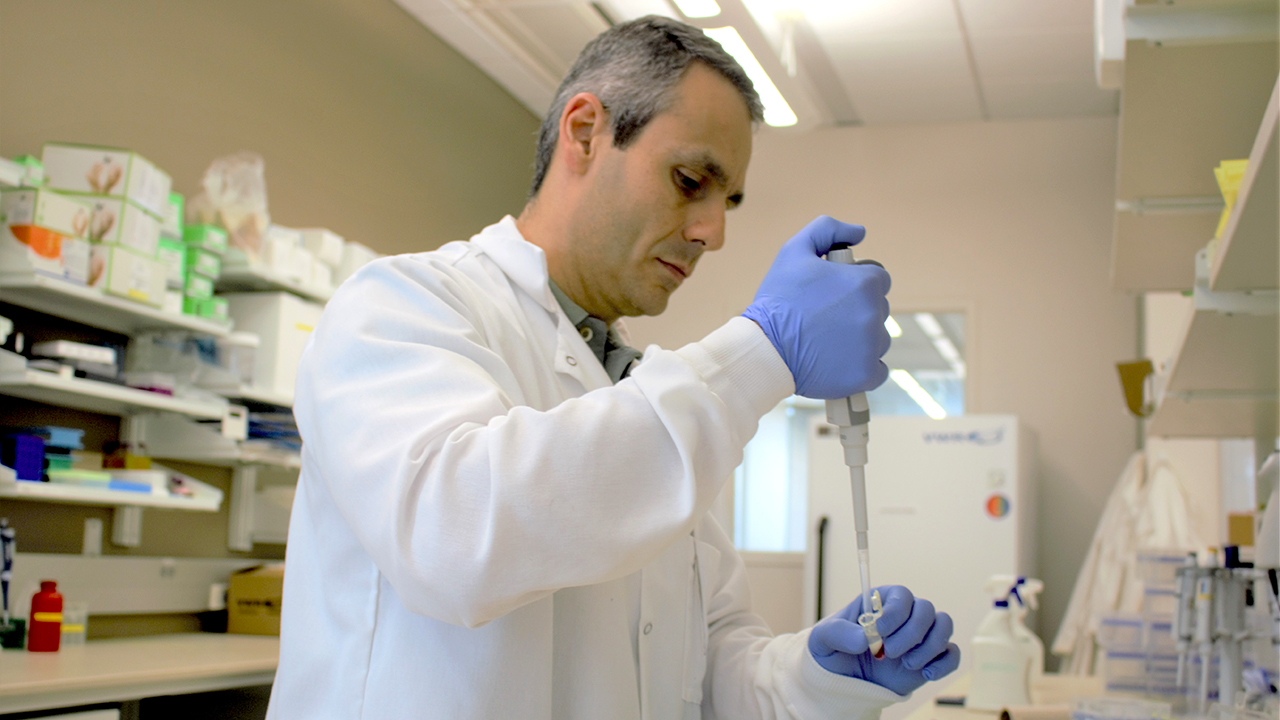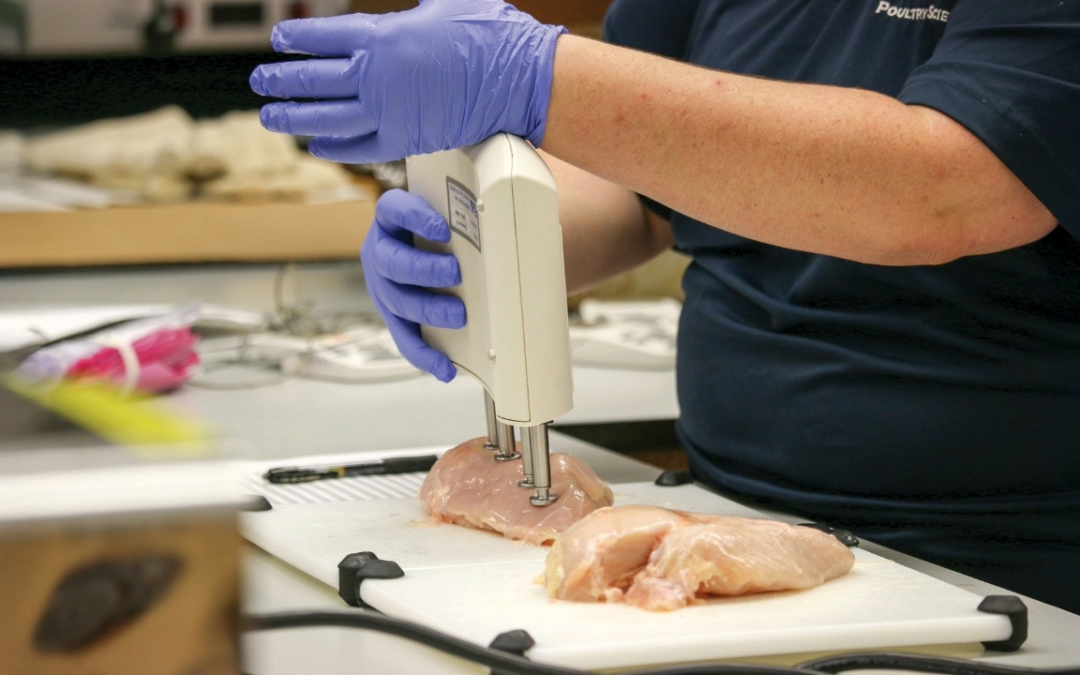By Paul Hollis
While cattle production represents a $2.5 billion industry in Alabama, the economic impact could be even greater if not for the limiting factor of reproductive inefficiency. That’s why Auburn University researchers are creating a basis of knowledge that will allow for the development of strategies to improve fertility in beef cattle.
“Our research at the moment is about understanding how the pregnancy itself works,” says Fernando Biase, assistant professor in the College of Agriculture’s Department of Animal Sciences and leader of the project.
For the first time, investigators performed integrative analyses of pairs composed by the embryo and the endometrium of the same pregnancy, initiated by artificial insemination in cattle. The discovery of this natural molecular variability existing in natural pregnancies opens a new window of opportunity to better understand the plasticity inherent to healthy pregnancies.
The work was featured in an article published recently in PLOS Biology, an open-access, peer-reviewed journal. Biase is joined by a multinational team of researchers from INRA (France) and UC Davis.
The research has been awarded a four-year, $400,000 grant from the U.S. Department of Agriculture’s National Institute of Food and Agriculture, part of a group of awards to encourage better strategies for animal production systems by enhancing reproductive management. These advances will come from basic and applied research on the cellular, molecular, genomic and whole animal aspects of animal reproduction.
“As an embryo arrives in the uterus, the establishment of pregnancy is highly dependent on molecular signals exchanged between the embryo and the uterus,” Biase said. “In this latest published report, we identify thousands of genes actively involved in that embryo-uterus bonding.”
More than 10,000 genes orchestrate the interaction between embryos and the endometrium, the inner layers of the uterus, he said.
“There are studies that have looked at the endometrium alone and other reports that have studied the conceptus tissue alone,” Biase said. “But no one has ever integrated these two. We were able to study them in an integrative manner when we started working with them in pairs.”
According to the study, nearly all of the 9,500-plus genes functioning in the embryo have regulatory interactions with approximately 65 percent of the more than 8,500 genes functioning in the endometrium.
Most importantly, a couple of hundred of those genes — 223 in the embryo and 212 in the endometrium — produce molecular messages, named messenger RNA, that produce distinguishable profiles unique to each pregnancy.
While the initial research involves dissecting the pregnancy process to better understand how it works, the next phase will include disrupting the system using artificial reproductive technologies, Biase said.
“Then we’ll come up with practical applications that will help us improve those reproductive technologies and ultimately help cattle producer,” he said. “The biggest aspect of this particular project is our ability to identify that the conceptus, or the embryo in the uterus, and the endometrium, or the lining of the uterus, have a unique relationship at the gene expression level, so unique that we can distinguish unique pregnancies.”
Reproductive inefficiency in cattle is a long-standing limitation for producers farming this important commodity in Alabama and throughout the United States, Biase said.
“The embryo and mother create a unique bonding early in pregnancy,” he said. “There are no strict guidelines within which a successful pregnancy can occur, but there is a window of normality.
“Now we can start to understand what happens when things get out of this boundary of normality, and most of the implications are coming from the fact that we have pregnancy losses happening at the attachment phase, not only in normal pregnancies but also in pregnancies that are initiated by artificial or reproductive technologies. We have not explored artificial reproductive technologies, but that’s our next phase.”
Researchers already have collected samples, Biase said, and the next step will be to understand how these normal pregnancies compare to pregnancies created by embryo transfer.
“We’ll be able to understand when these pregnancies fail, and what is occurring outside that window of normality,” Biase said.
“Then, we’ll hopefully find ways to fix those things.”
Understanding the relationship between the embryo and uterus also opens new opportunities for researchers to investigate how this embryo-maternal bond is affected by artificial reproductive technologies, he said.
For the entire article, go to https://journals.plos.org/plosbiology/article?id=10.1371/journal.pbio.3000046.





